How to Keep Aphids Under Control
When kept in check rather than eliminated, aphids support a stable and diverse garden environment
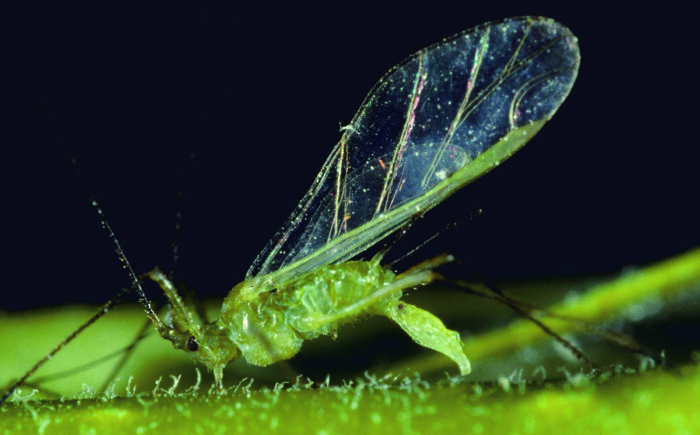
It’s hard to think kindly of aphids, those pesky green bugs that suck the life juices from plants, but we probably should. Aphids are the base of many food chains in the garden, playing an important role like that of small rodents in grassland ecosystems. Many different predators eat aphids, and in turn, other insects, birds, and mammals prey on them. So it’s desirable to have aphids around to support a stable and diverse garden environment.
The predator and prey cycle
Aphid predators include ladybird beetles, lacewings, big-eyed bugs, and minute pirate bugs. You may also be acquainted with the small, voracious, orange-yellow, aphid-eating larvae of aphid gall-midges (Aphidoletes sp.). But some of the most important enemies of aphids are tiny parasitoids that feed on or in aphids, but unlike true parasites, kill their hosts.
 |
 |
 |
These minute members of the bee/wasp family, Hymenoptera, are almost too small to see. They move rapidly from aphid to aphid, laying hundreds of eggs by penetrating the skin of aphids with their ovipositors. The aphids are as good as dead once this happens, for in a day or so, the parasitoid’s egg hatches within them and the larva eats its host from the inside. The aphids change color and harden like a mummy, usually still attached to the plant. Look carefully at an aphid colony with a hand lens to spot them.
With all these voracious insects around to devour aphids, why do some aphid colonies get out of hand? There are a few reasons aphids can get ahead of their natural enemies, even if you haven’t been disturbing the natural balance of things by using pesticides. One reason is many aphid species are more cold-hardy than their natural enemies. We have seen aphids snug under the bud scales of tulip trees, when the weather was close to freezing and the trees were otherwise bare. They certainly had a head start on natural enemies like lady beetles, who must fly in from overwintering elsewhere. Others, like gall-midges, wait for really warm weather to emerge from the soil where they have been pupating.
Also, many aphid species have the advantage of their young being born alive and ready to settle down next to mama and begin feeding immediately. To top it off, the daughter aphid is born with live embryo daughters already within her. This is called telescoping generations, and it allows aphid colonies to increase incredibly quickly. By comparison, their natural enemies go through much longer life cycles requiring several moltings, pupating, and finding a mate.
But it turns out that large aphid populations building up before natural enemies arrive is a basic ecosystem principle. Since predators need to eat many aphids to complete their life cycle, they couldn’t survive if they arrived before lots of food was available. This necessary balance between predator and prey accounts for the natural cycles of abundance in nature: more mice, more coyotes; more coyotes feeding, fewer mice; fewer mice, fewer coyotes because with less food coyotes have smaller litters; fewer coyotes mean more mice survive; and then the cycle starts over again.
Still and all, your garden is not the wilderness. The time frame in which you want your vegetables and flowers to grow and mature does not permit too philosophic a tolerance of damaging numbers of pests. What to do? Tip the balance a little in favor of the natural enemies, and take a least-toxic approach.
Avoid pesticides that might damage natural enemies unless you’re backed into a corner, and then confine their use to the precise area they are needed. Your aim should be to merely reduce the aphid population, not eliminate it. You want plenty of food around when the natural enemies do appear. Save the stronger of the least-toxic sprays (for example, pyrethrin or pyrethrum) until you have tried and failed with less-toxic methods.
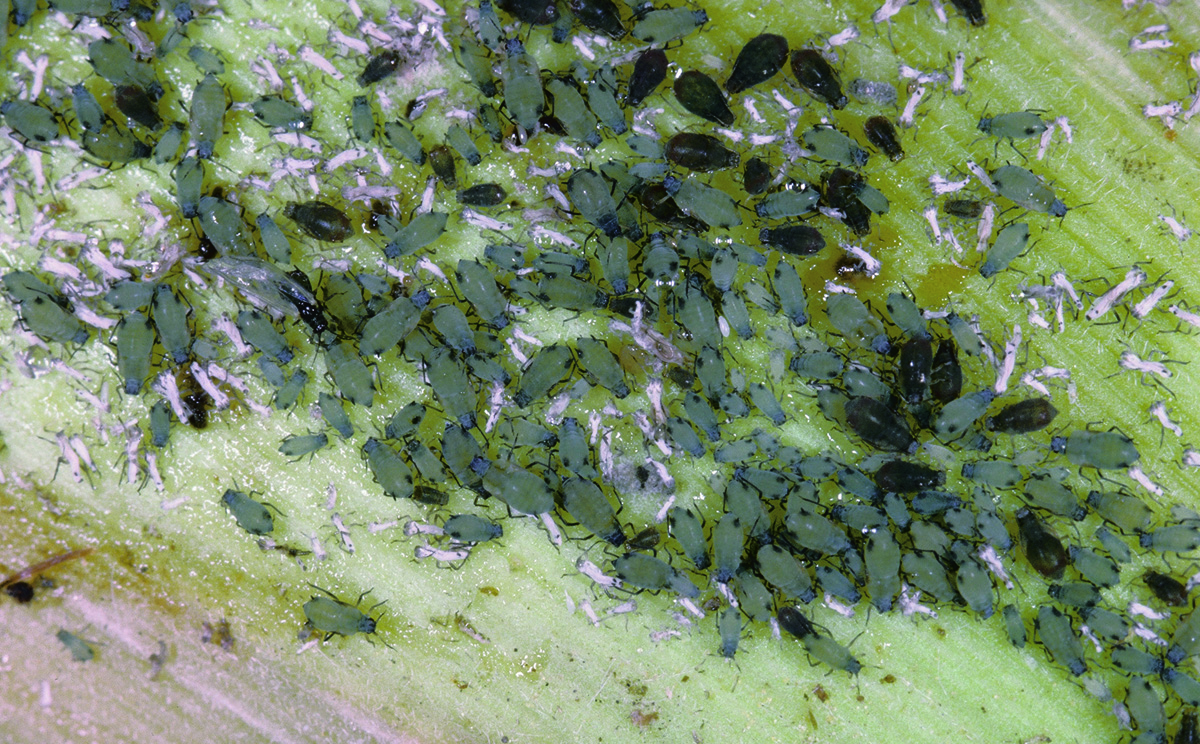
Give seedlings some special protection
Since healthy seedlings are high in nitrogen, which they need for rapid growth, they can be very attractive to aphids. They’re especially vulnerable because they have very little tissue to sustain them through an aphid onslaught.
Luckily, there are several ways to get around this without resorting to heavy poisons. The simplest is to place a barrier between the seedlings and any aphids that might arrive. Starting seedlings indoors, on a sunny windowsill, is one example. Placing plastic row covers over the seedlings outdoors is another.
Next, knock back aphids with plain old water. With sufficient pressure from a hose nozzle, water can break aphids’ mouth parts and wash the insects to the ground. The fallen aphids may be captured by spiders or other predators, especially if a compost mulch under the plants provides habitat for ground predators. Water sprays can keep aphids from overwhelming plants until natural enemies arrive.
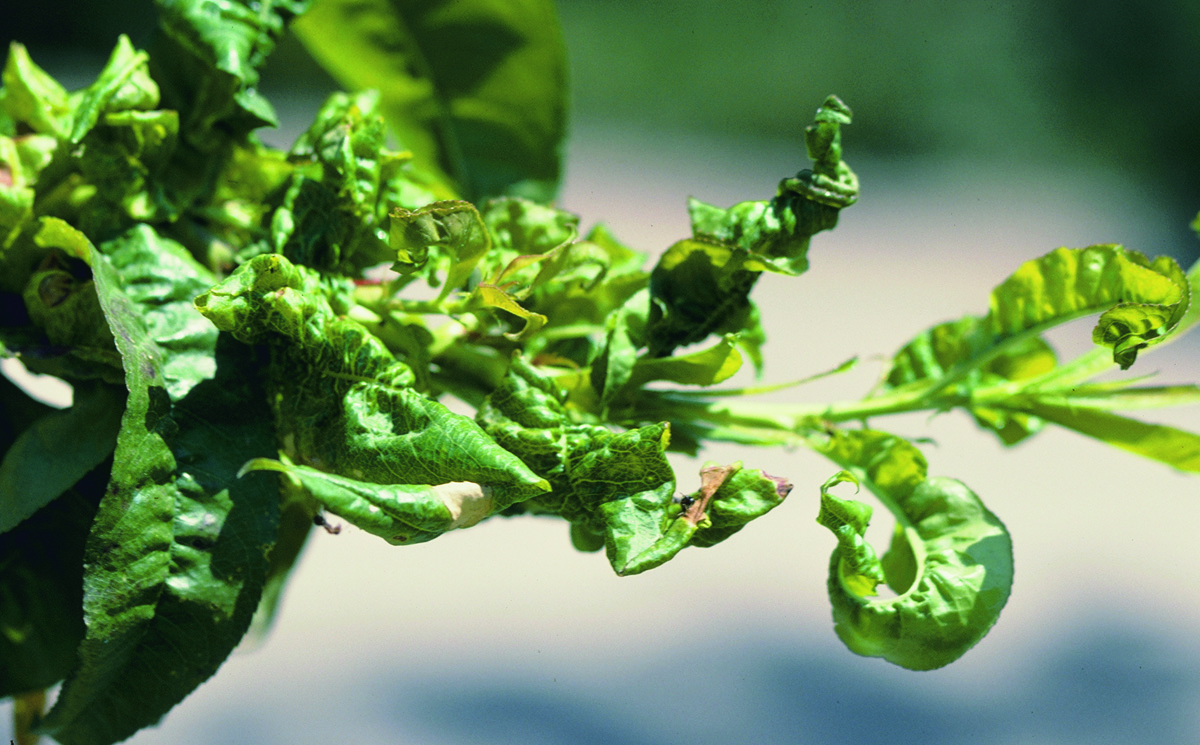
Watch for the arrival of beneficials
Be sure you can recognize the young of ladybird beetles and lacewings; they look so different from the adults they’re sometimes taken for pests themselves. If you don’t see natural enemies arriving on their own, you may wish to purchase and release some. Buying these insects is advantageous because you can release them in greater numbers than are likely to be available naturally early in the season.
The most commonly sold aphid enemy is the ladybird beetle, Hippodamia convergens. But if you’ve never before bought and released beneficials, lacewings are also a good choice. Minute pirate bugs and aphid gall midges are also available from commercial sources, but these are more difficult for the first-time user to see, so start with lacewings. Be sure your garden contains a wide variety of small-throated flowers to provide pollen and nectar for the beneficials.
Believe it or not, some weeds can also be beneficial. In California, the common sow-thistle, Sonchus oleraceus, attracts an aphid species that does not feed on common garden plants. Beneficial insects can feed on that aphid when other pest populations are low. The weed itself is easy to manage and won’t overrun the rest of the garden. Observing your local area may lead you to similarly useful plants.
Basics
Aphids love nitrogen
Nearly all aphids feed by inserting their long, needle-like mouth parts into plant tissue. They’re after the sugars made by leaves and other green parts of the plants. The aphids have to drink a great deal of this sugary liquid to obtain enough amino acids, built from nitrogen, for themselves. Amino acids are the building blocks of all proteins, which form muscles, enzymes, and other vital biochemicals of life. The more nitrogen plants have, the more is available for feeding aphids.
Thus, the places aphids congregate on plants, or the time they show up in the season, is a clue to where and when nitrogen is present. For example, young growing plant tissue is usually high in nitrogen. Plants need nitrogen to grow, but if you use chemical fertilizers, it is not difficult to provide more than the plants need all at once. This will encourage aphids to multiply. Similarly, severe spring or early summer pruning of shrubs and broad-leaf trees causes a flush of new growth high in nitrogen, prompting aphid colonies to grow. So, to avoid encouraging aphids, use slow-release nitrogen fertilizers such as well-aged compost. Also, save pruning chores for late winter when shrubs and trees are dormant.
Photos: Ron West. Illustration: Krista Borst
This article originally appeared in Kitchen Gardener #17.
Fine Gardening Recommended Products
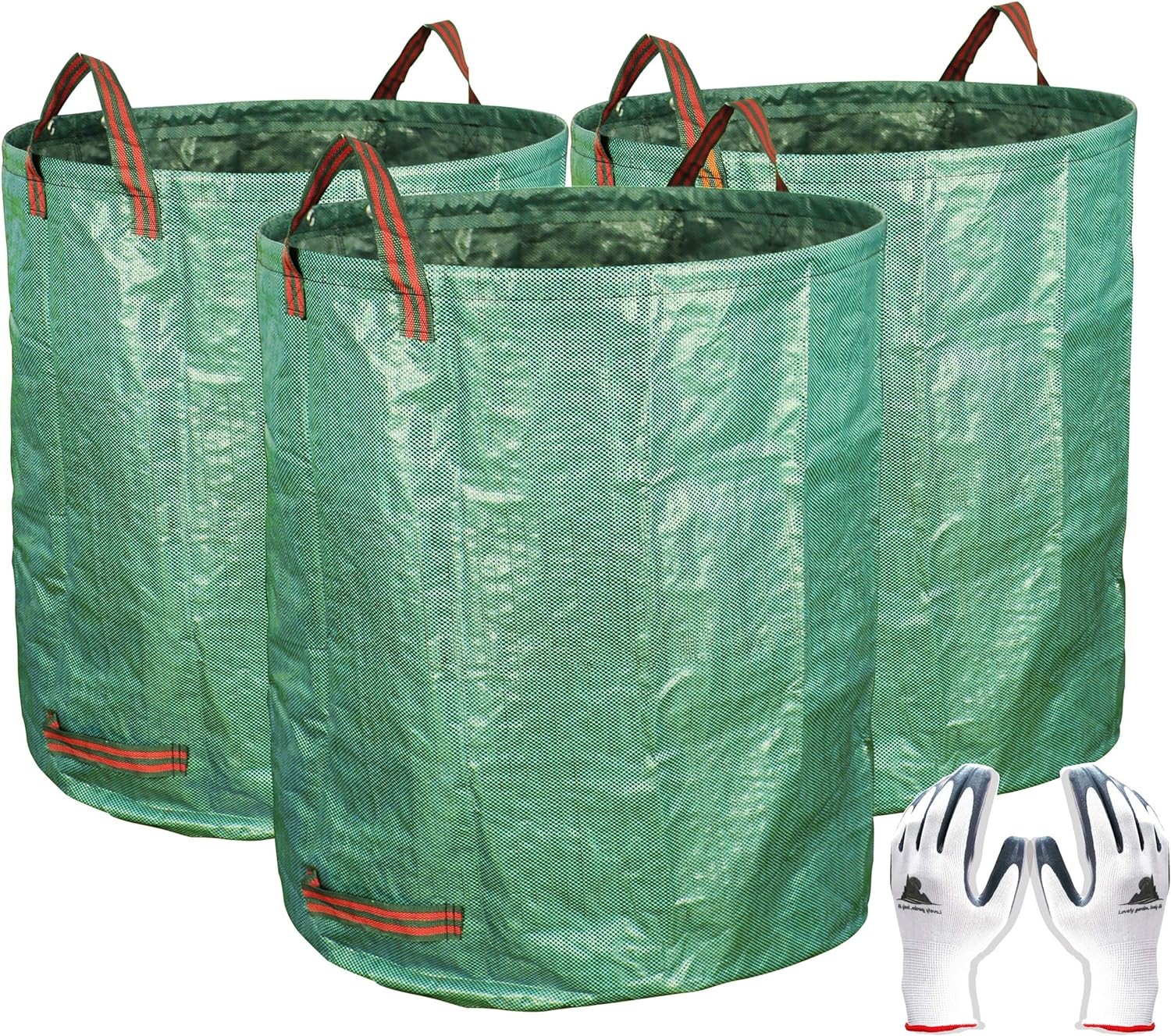
Gardzen 3-Pack 72 Gallons Garden Bag
Fine Gardening receives a commission for items purchased through links on this site, including Amazon Associates and other affiliate advertising programs.
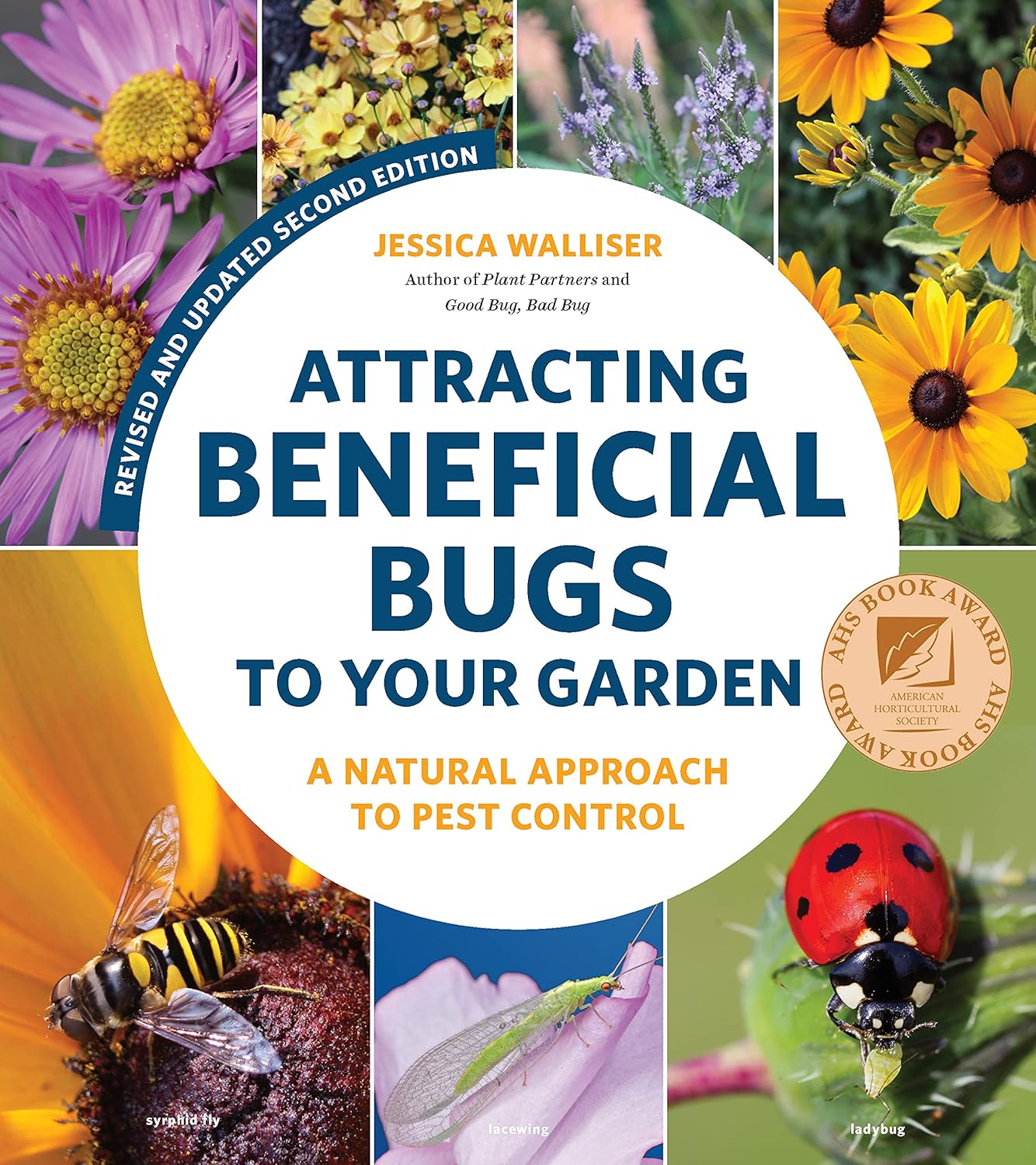
Attracting Beneficial Bugs to Your Garden, Revised and Updated Second Edition: A Natural Approach to Pest Control
Fine Gardening receives a commission for items purchased through links on this site, including Amazon Associates and other affiliate advertising programs.
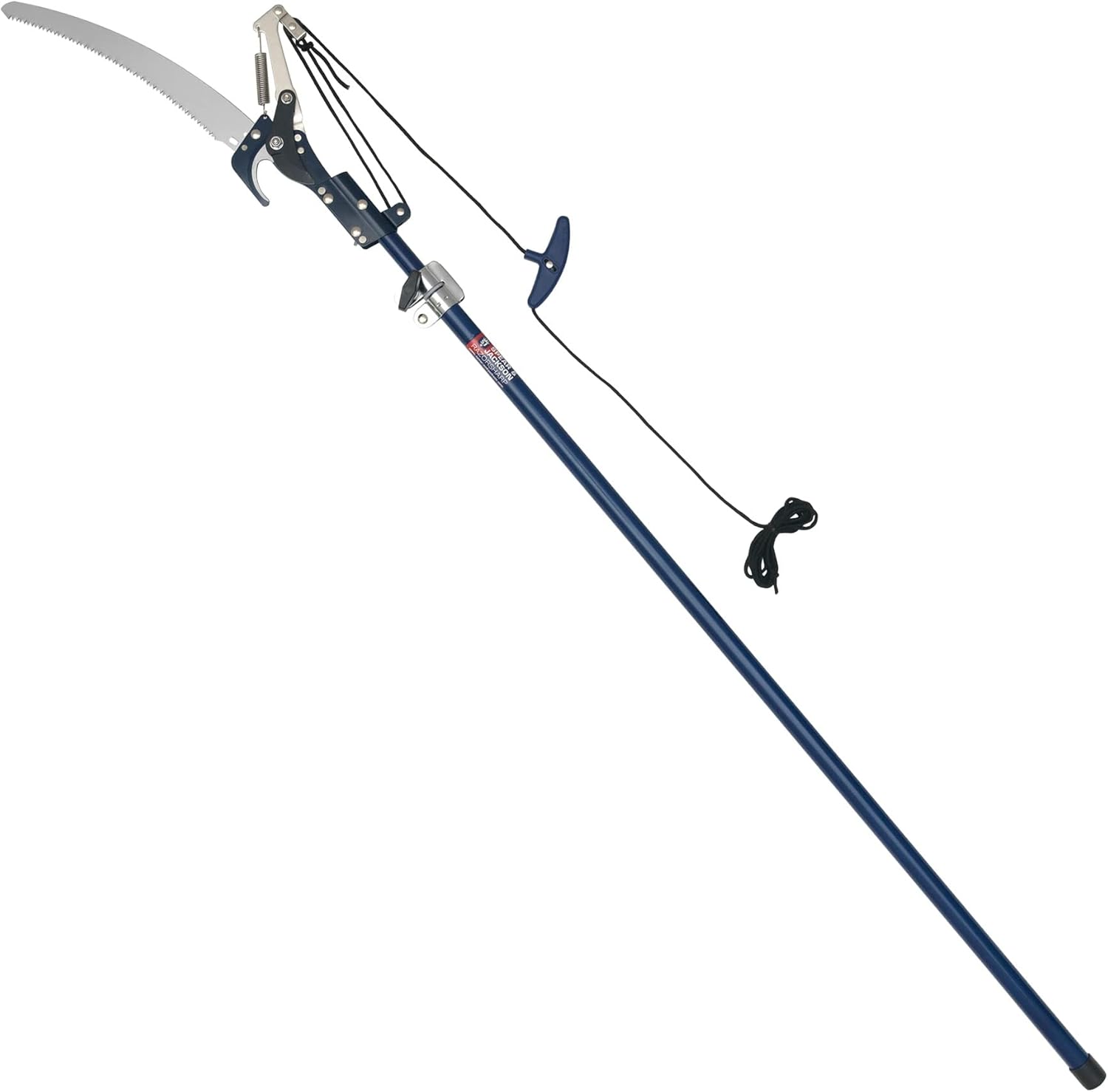
Spear & Jackson 4930FZ Razorsharp Telescopic Tree Pruner
Fine Gardening receives a commission for items purchased through links on this site, including Amazon Associates and other affiliate advertising programs.






Comments
Log in or create an account to post a comment.
Sign up Log in